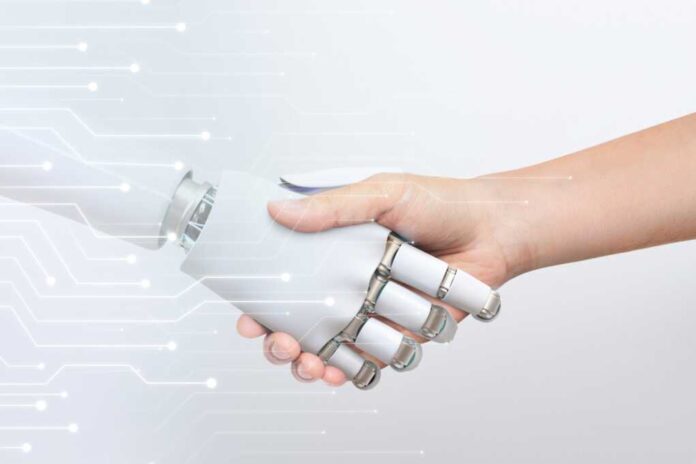
The robot apocalypse is nigh, and it’s wearing a lab coat!
At a Glance
- Humanoid robots are now performing medical procedures.
- UCSD leads the charge with groundbreaking research.
- Robots could ease healthcare workforce strain.
- Technology still needs refinement before full autonomy.
Robots in the Operating Room
In an era where getting a doctor’s appointment feels like trying to win the lottery, the University of California San Diego (UCSD) is bringing some much-needed hope—and a touch of science fiction—to healthcare. Their secret weapon? Humanoid robots remotely controlled to perform medical procedures. Imagine a robotic surgeon with the dexterity to handle everything from simple checkups to emergency procedures. It sounds like a futuristic dream, but UCSD is making it a reality.
Humanoid robot performs medical procedures using remote control https://t.co/LJ7ZEKvWMH pic.twitter.com/hJO3THoqUc
— New York Post (@nypost) July 22, 2025
The research, conducted in a simulated hospital environment, centered around the Unitree G1 humanoid robot. Equipped with Inspire Gen4 hands, this robot is no ordinary piece of machinery; it’s a potential game-changer for healthcare systems grappling with overcrowded hospitals and stressed-out physicians. From palpation to suturing, the robot demonstrated its capabilities across a spectrum of tasks, suggesting a future where medical interventions might not always require a human touch—at least not directly.
Watch: AI Robots Are Now Performing Surgeries: The Future of Medicine Is Here!
Pioneering Research and Key Players
UCSD’s Healthcare Robotics Lab spearheaded this innovative research, partnering with Unitree Robotics and Inspire Robotics to create a system that marries cutting-edge technology with clinical needs. The study marks a significant milestone as the first major evaluation of humanoid robots as clinical surrogates. While robots in hospitals are not new (think delivery bots and specialized surgical machines), this study expands their potential role dramatically.
Healthcare providers, keen to reduce workloads and improve efficiency, are paying close attention. The robots’ ability to perform routine and repetitive tasks with high accuracy could be a boon for an industry stretched thin. However, technical challenges remain. Issues with force control, sensor sensitivity, and dexterity need addressing before these robots can fully integrate into clinical settings without human oversight.
A Glimpse into the Future
For now, this technology remains in the proof-of-concept stage. Yet, the implications are vast. Imagine healthcare systems that can seamlessly adapt to surges in demand, providing faster access to care in rural or underserved areas. Robots could handle the monotonous tasks, freeing up human healthcare workers for more complex roles and reducing burnout risks.
Long-term, humanoid robots might become as common in hospitals as stethoscopes, fundamentally transforming clinical roles and creating new job categories centered around robotic teleoperation and supervision. The economic benefits could be substantial, with potential cost savings from reduced overtime and fewer medical errors.


















